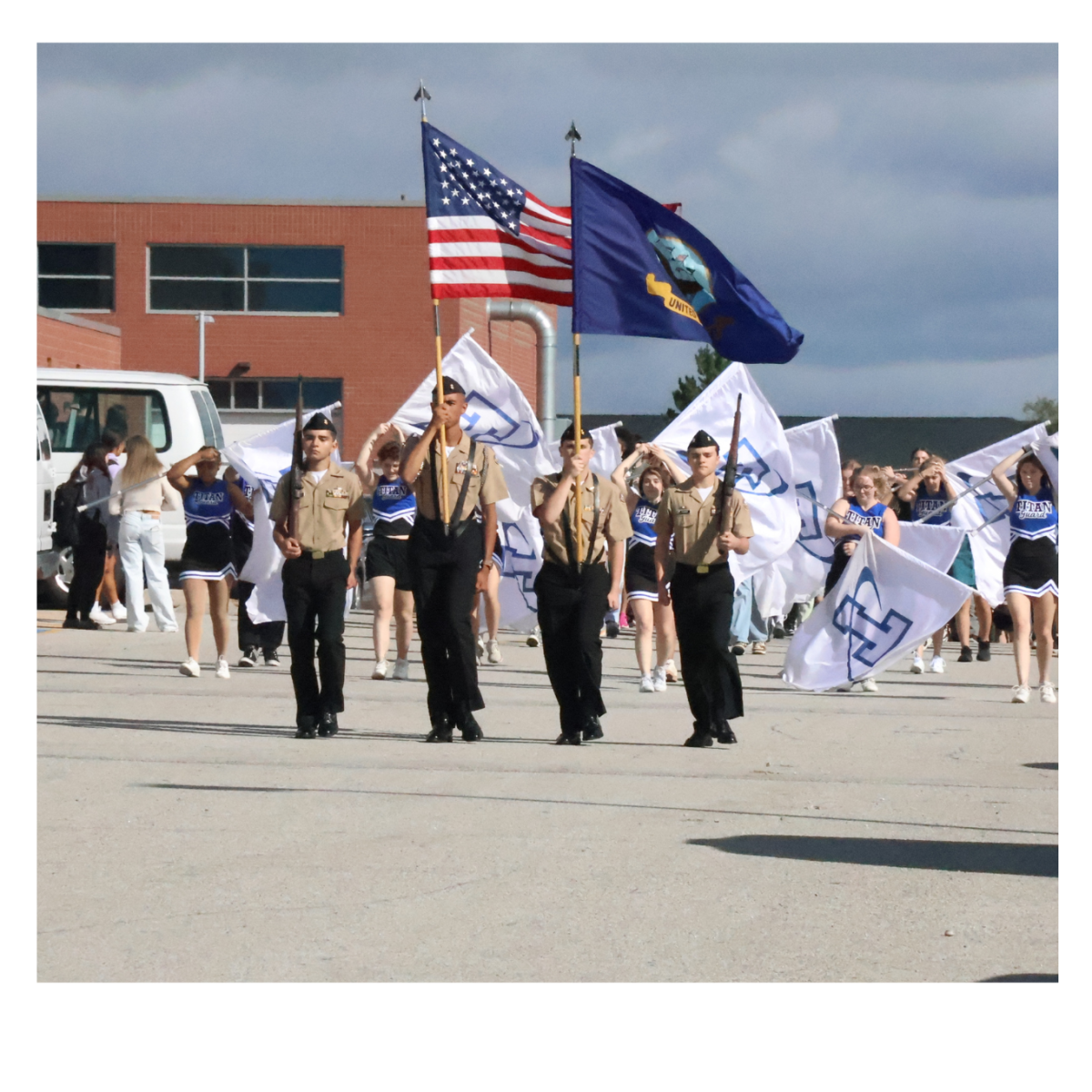Journalism room B19 has never and will never function like the typical classroom. If you peek inside, that might be hard to see at first – but the process of getting to our destination, whether that be a finished magazine or yearbook, is almost always different from the year before.
Coming in as a rookie magazine writer in 2024, my junior year, I experienced an intense culture shock from my new year-long class. It was a small group of people, many returning staff members from the previous year, which meant I was one of few who didn’t know what I was getting into.
The structure of the magazine class is fluid; that was one of the first truths I was confronted with. We had goals to set, and eventually meet, but it was heavily reliant on the student’s ideas rather than a rigid curriculum. I do my best work when given explicit instructions, so this idea became very terrifying for me.
I had to take it step by step, and by my second year in 2025, the process felt more like following a path I already treaded before.
The new year is just a matter of retracing my old footsteps.
The first step of the magazine staff is both a beginning and a constant: the pitch list. As the jumping off point, the staff members have to find school-relevant stories that we can use either as part of the magazine, or put up on our website, the Southside Scroll.
This makes it especially important we pay attention to different surroundings, and even to the things that happen within our circles, that exposes a different story. Sometimes there are stories staring you in the face, and you don’t even realize until someone points them out to you.
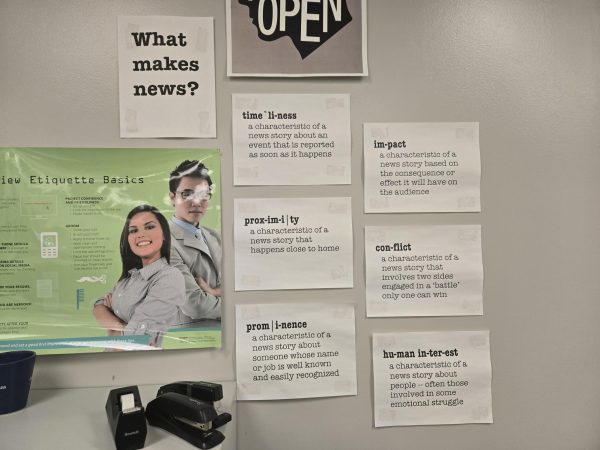
The actual selection of the stories, once the ideas are put on the table, relies on a few aspects: proximity, timeliness, conflict, prominence, and human interest. These are qualities that end up drilled into the head of everyone on staff.
Picking stories is simultaneously difficult and easy thanks to these guidelines. On one hand, getting to write a story on something impactful is valuable for the writer as well as the readers, as it keeps everyone informed about topics in a way that’s deeper than surface level.
On the other hand, the story you’ve picked may be lesser known, so it can be difficult to find sources to talk to. The other most common hiccup we encounter, though, is that the stories available might not be something we are interested in writing about.
Writing about what all students need and want rather than what I want took me a while to grasp, because it required me to really take a step back from my own scope of the world. After all, it’s a lot easier to talk about what I like, isn’t it?
But what being a student journalist has taught me is that expanding your horizons is one of the most important things you can do – that’s the only way you find the most incredible stories. It’s almost always in the places you weren’t looking – and sometimes, just what “I like” doesn’t satisfy an audience of readers.
The second most important step is how you write your story. Journalistic writing was another startling realization for me at first, as it’s very different from the type of writing students are conditioned into, which works best for essays and long response questions.
The overlap there is not as much as you might think. As a patron of essay writing, I floundered badly.
It was that difficulty adjusting to any aspect of this class that made the staff collaboration so important. As much as I felt like, and sometimes still feel like, I am drowning in my words – wondering “is this story any good?” or, “did I say this right?”- I always know I will have someone look over my shoulder and answer my questions.
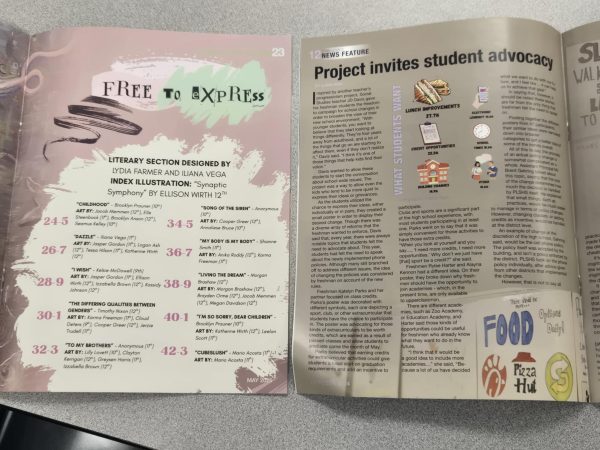
The magazine can never be a solitary work, because our individual writing and designing all comes together to create the final product; which reflects not one but all of us. That’s the difference between this class and so many others: everyone is expected to do their best work, and do that work together, in a way that’s not necessarily spelled out.
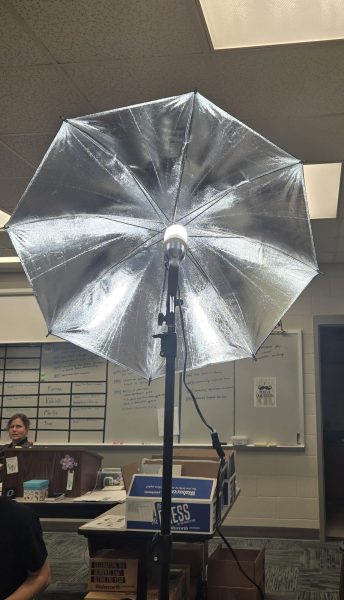
Starting my first year as an official Editor in Chief, I have new responsibilities on the staff, including being one of the people moving us forward. We have to figure out, as a team, when our deadlines are, and what paces are best to work at – and as much as I am a leader, that power of decision is equally spread across every one of the members.
Retracing these steps, knowing what I am getting into but not the specifics, is part of the reasons why I’m so excited each year. There’s always the promise of seeking out new stories, trying new page designs, and taking risks with our journalism, that keeps things fresh. Now, all this, with new and old people I’ve had the pleasure of meeting and knowing this year.
The journalism department is a community that is constantly evolving, and you can really thrive in it once you find your footing.
Involving myself with the school magazine has been a very personal, fulfilling experience. It’s not just finding the right stories and turning them in, it’s about learning to work hard, work together, and work flexible to make each magazine better than the last.

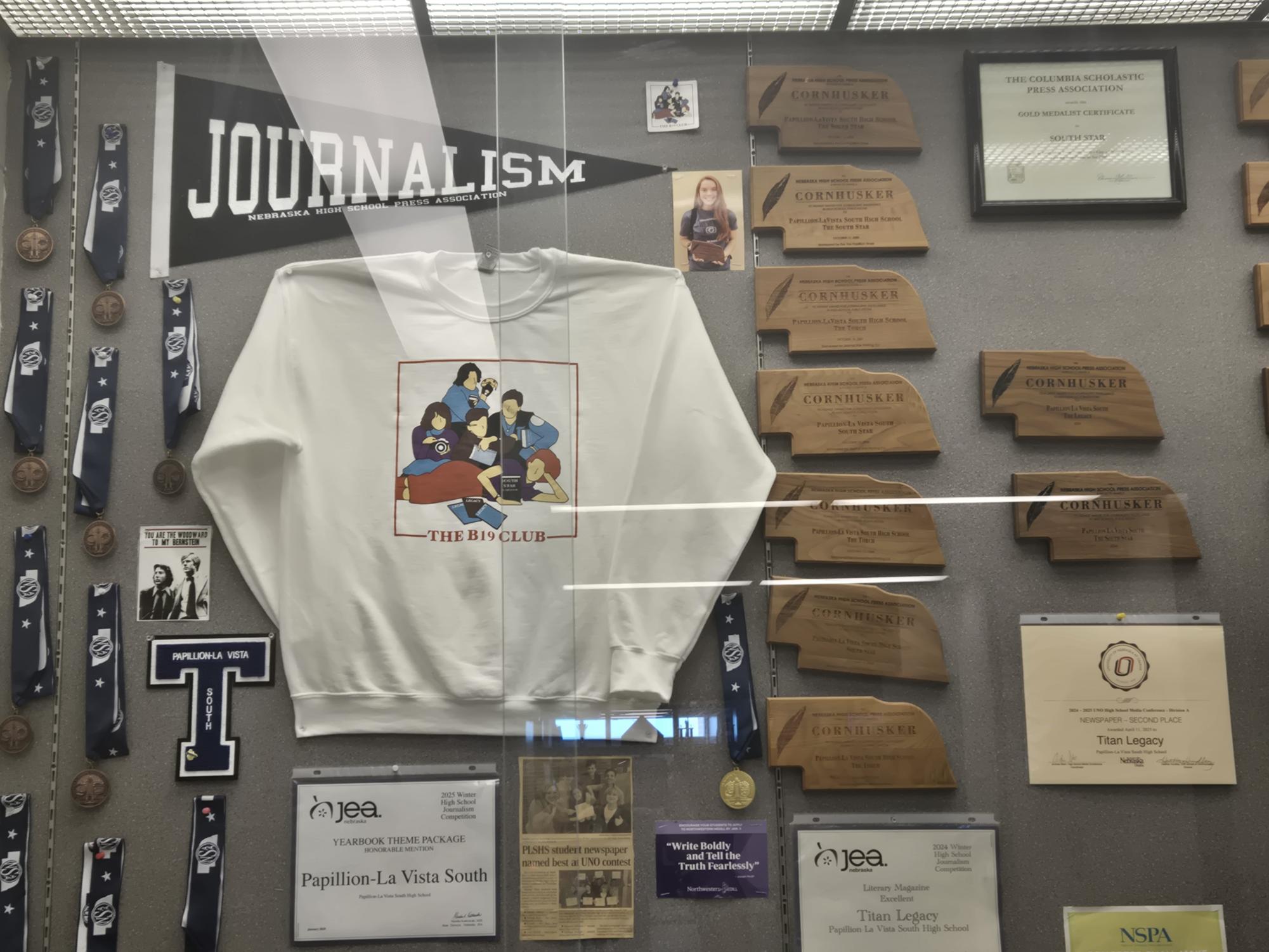

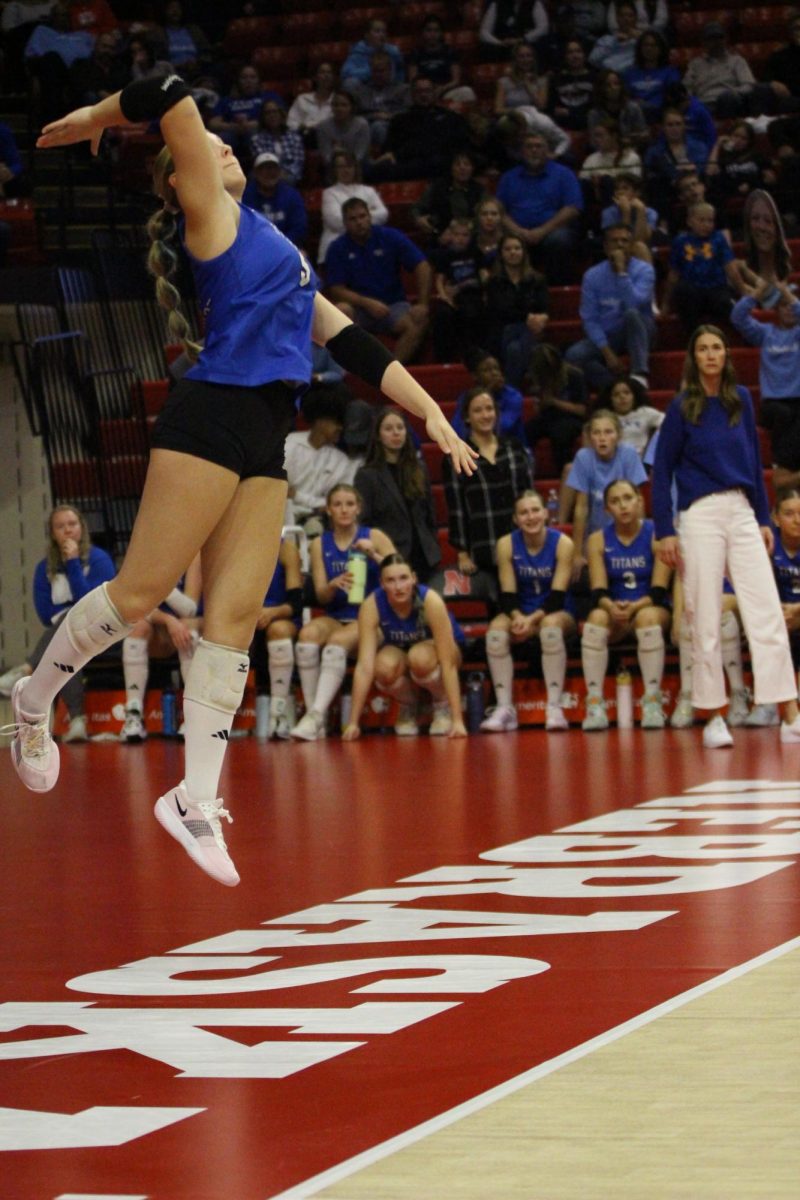
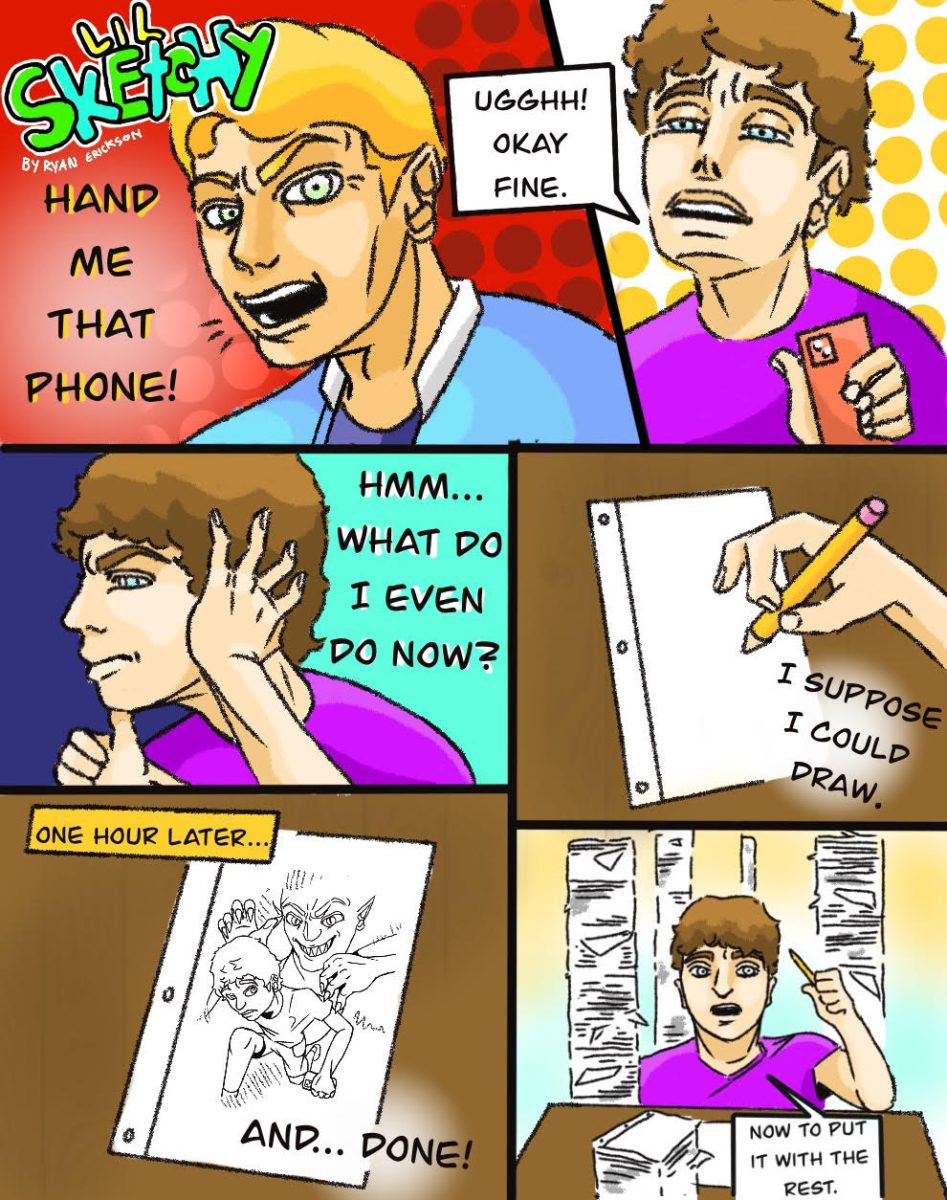


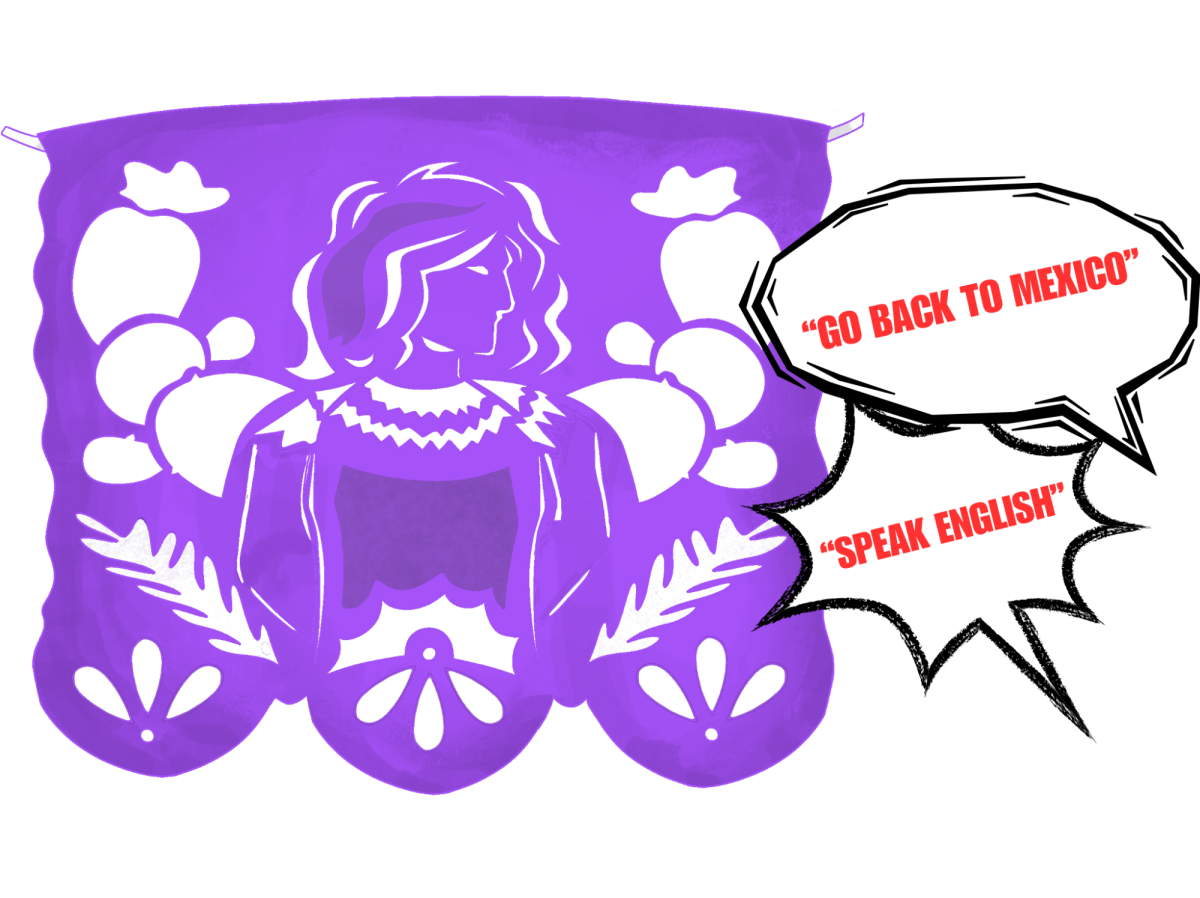

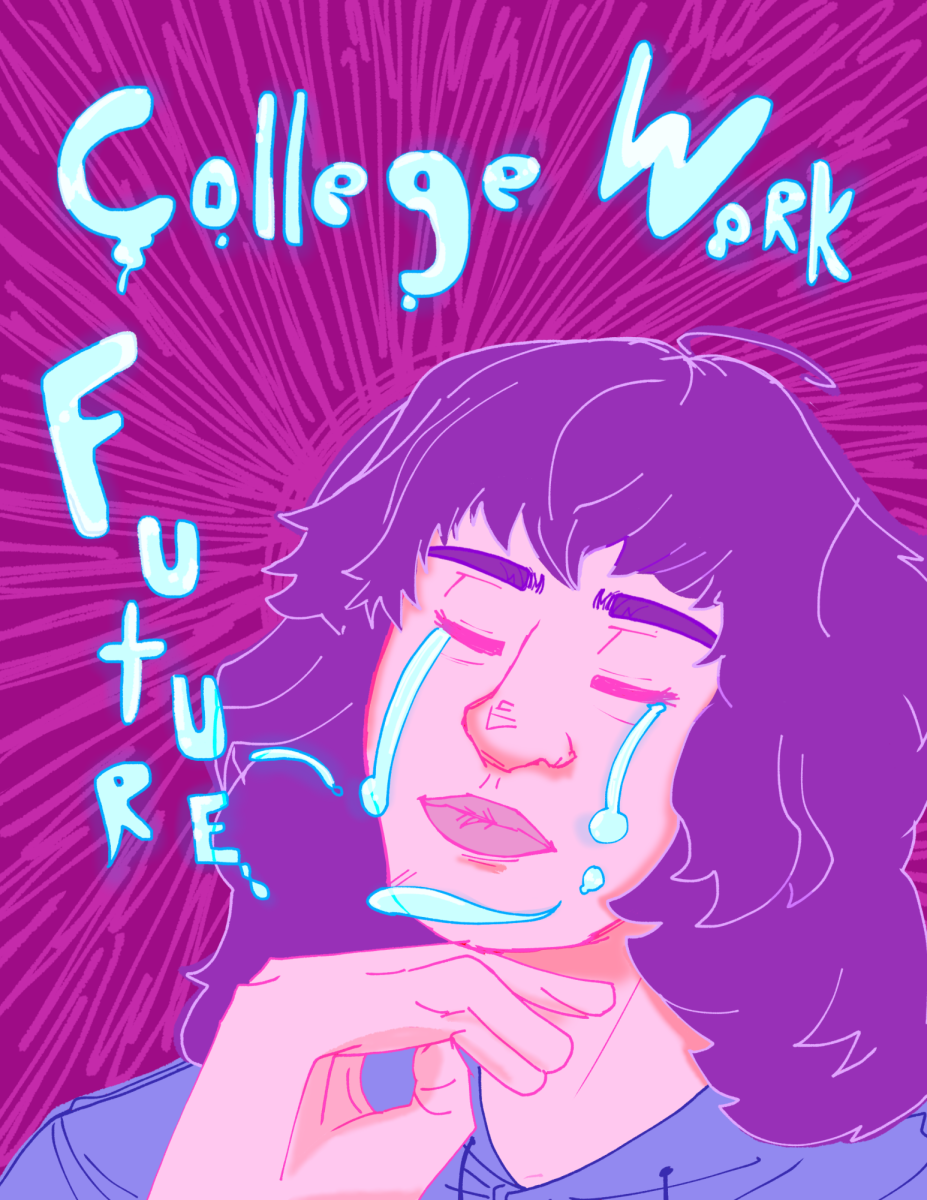
![Pictured above is a structure that displays the names of Nebraska Vietnam veterans in order to “honor [their] courage, sacrifice and devotion to duty and country.”](https://plsouthsidescroll.com/wp-content/uploads/2025/10/Trey_092625_0014-e1760030641144-1200x490.jpg)

